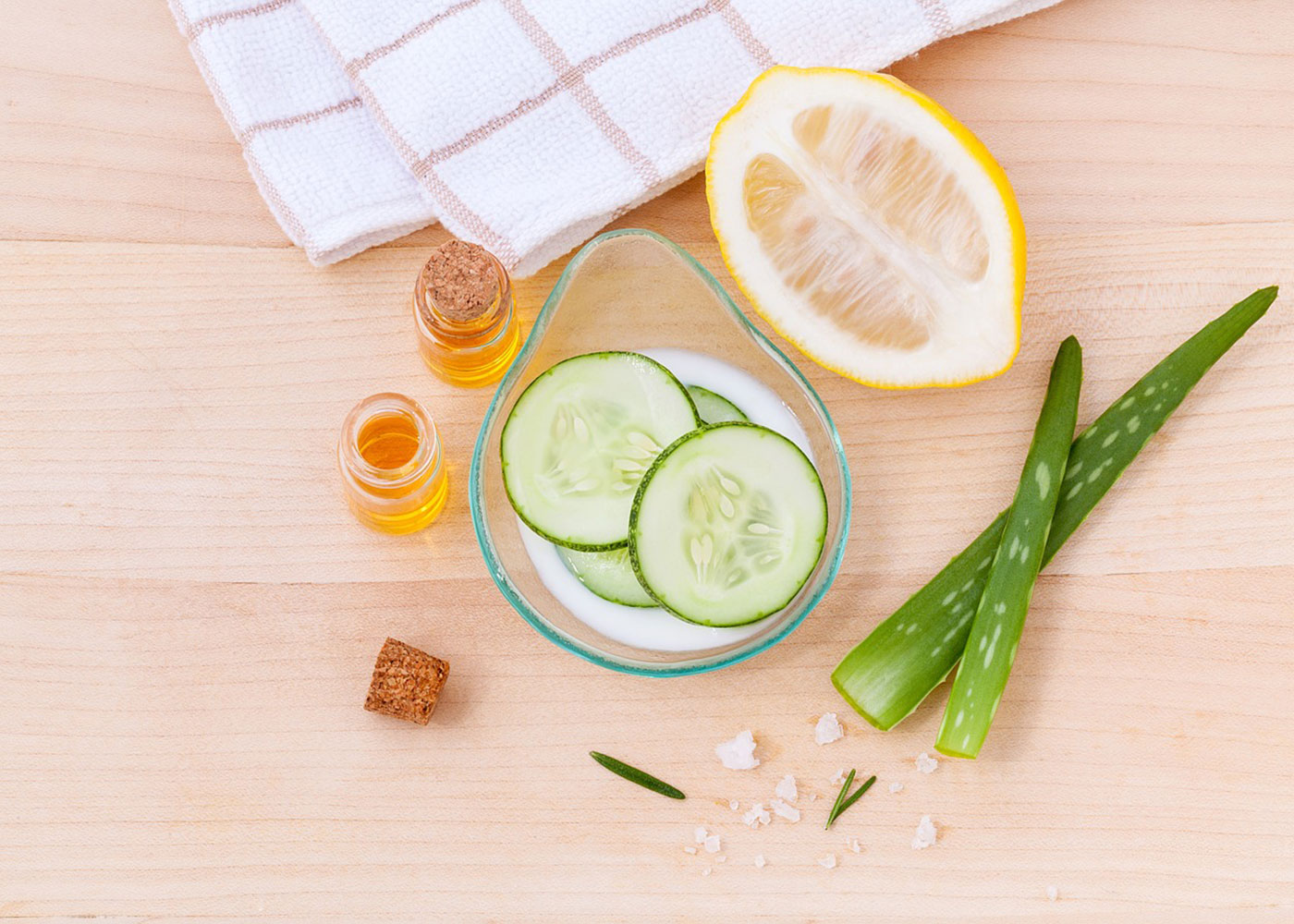From AHA to hyaluronic acid, here’s the A to Z of skincare so you can make informed decisions for your next purchase.
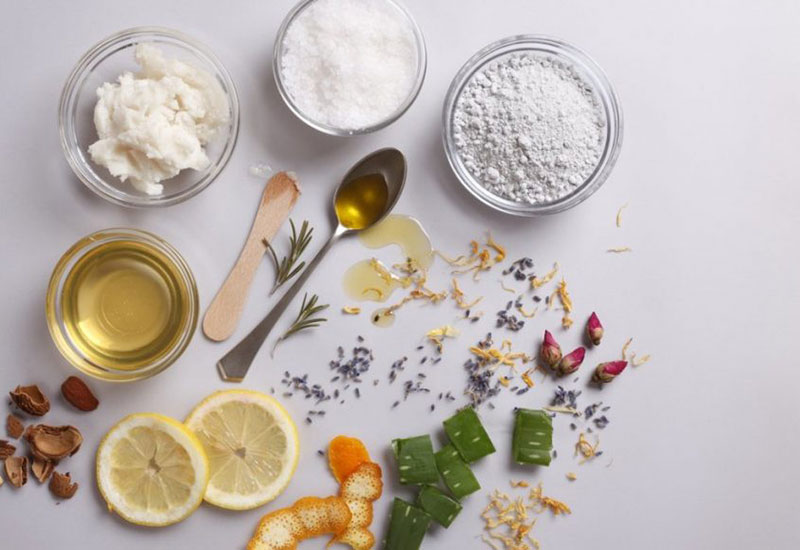
It’s not uncommon for beauty brands to release a product every other month with “new and improved” formulas claiming to incorporate the most effective ingredients. Sure, these brands may have done their research, but how much do you really know about these ingredients and whether or not they work for your skin concerns?
According to a survey by EWG, the average person uses nine personal care products a day, amounting to about 126 unique chemical ingredients. Get this: that’s the amount of chemicals you’re applying to your skin daily. If you don’t know what you’re applying, how do you ensure you’re not wasting your time and money, or worse, damaging your skin’s health?
Don’t worry, it’s not too late to learn the basics. From AHA to hyaluronic acid, here’s the A to Z of skincare so you can make informed decisions for your next purchase. Feel free to bookmark this page because trust us, you’re going to need it.
A

Activated charcoal: It is a form of carbon known for its toxin-absorbing properties and is used in skincare, especially cleansers masks, to draw out bacteria, dirt, oil and impurities from pores.
Alpha hydroxy acids (AHA): These acids are a class of chemical compounds that bind our skin cells together – like an intercellular glue – while allowing dead skin cells to naturally shed away. This helps to tackle signs of aging such as fine lines and wrinkles, as well as improve overall skin texture. Examples of AHA include citric acid, glycolic acid and lactic acid (scroll on for more details).
Aloe vera: Think of this plant as nature’s gift for healing a host of skin issues, including acne, burns, skin irritation and dryness. The natural gel contains many ingredients on this list, such as amino acids, vitamin C and vitamin E, and thus share their individual benefits.
Amino acids: Like collagen, these proteins are the building blocks of our skin. Products rich in amino acids typically have anti-aging benefits and aid in skin regeneration.
Antioxidants: Used as a blanket term for compounds that inhibit oxidation, antioxidants help to protect the skin from free radicals (see below) and slow down the process of aging.
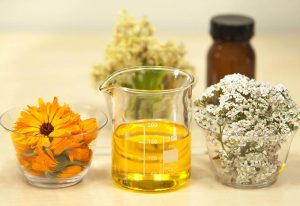
Argan oil: It is a type of plant oil that is high in vitamin E and fatty acids. It is commonly used in moisturisers to hydrate and soften the skin without clogging pores, as well as in haircare products to promote strong, healthy hair.
Related: 5 benefits of argan oil for your hair
[ps2id id=’ascorbic-acid’ target=”/]
Ascorbic acid: Ascorbic acid is the purest form of vitamin C, which makes it the most potent and effective in delivering benefits. Often used in serums, it helps to brighten the skin, increase collagen production and prevent ultraviolet (UV) damage to the skin.
B
Benzyl peroxide: Commonly used in anti-acne cleansers and creams, this chemical helps to kill the bacteria that builds up in pores and leads to breakouts.
Beta hydroxy acids (BHA): While AHAs target the surface of the skin, BHAs are compounds that can penetrate the skin’s layers to remove excess sebum and dead skin cells. It is often used in cleansers, toners and exfoliants to reduce acne and purify the skin.
Biocellulose: If you see this label on a sheet mask, it means that the mask is made from biodegradable, natural bacteria-derived fibre as opposed to commercial manufacturing. Originally developed as artificial skin to treat burns, it is known to fit snugly to improve the skin’s absorption of the mask’s benefits.
Biotin: Also known as vitamin B7, biotin is a water-soluble vitamin that aids in the growth and formation of skin cells. This improves the elasticity and youthfulness of the skin.
Broad spectrum: Used in reference to SPF (see below), it means that the sunscreen protects the skin from both UVA and UVB rays.
Learn more: How to read and choose the best sunscreen
C
Caffeine: Used commonly in eye creams and patches and cellulite treatments, caffeine helps to reduce puffiness and redness by constricting blood vessels.
Ceramides: These fatty acids are found in the skin’s epidermis (surface layer) and can be used in skincare to maximise its natural benefits. They function to hold cells together and reinforce the skin’s protective barrier.
[ps2id id=’citric-acid’ target=’Citric acid’/]
Citric acid: Naturally found in citric fruits and juices, citric acid is a type of AHA used in anti-aging skincare to balance skin acidity and promote skin peeling and regeneration.
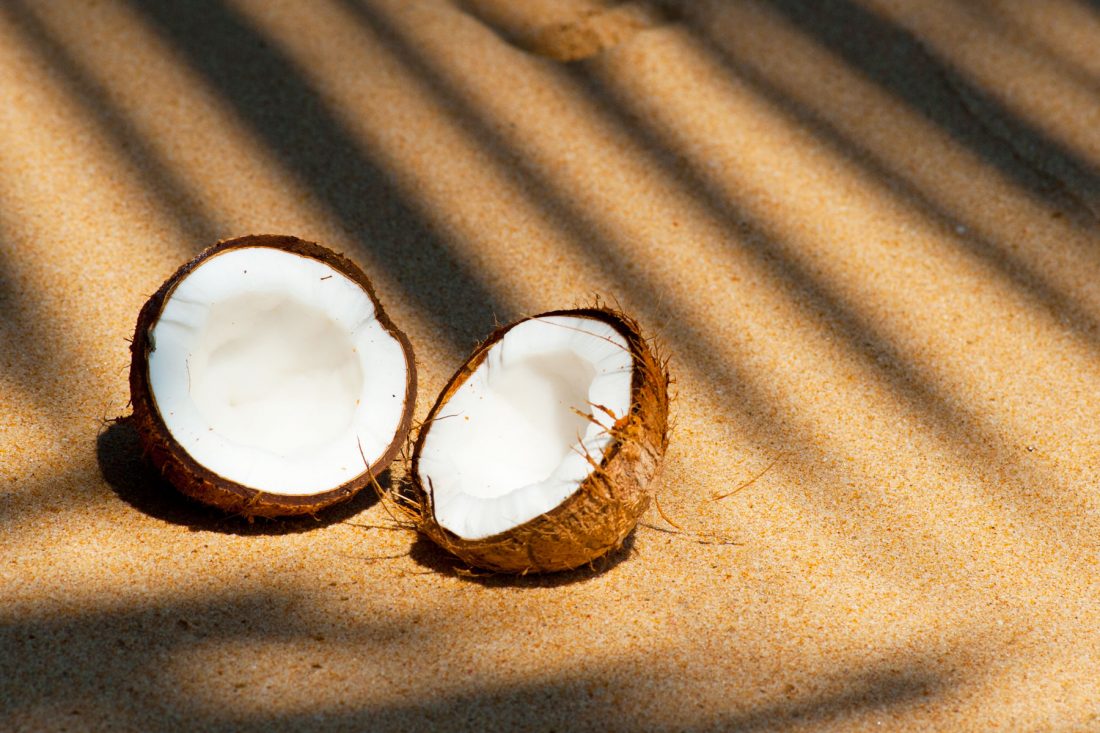
Coconut: There are various uses of coconut in haircare and skincare. In the case of the latter, it is commonly used to boost skin hydration and moisture.
You may also like: Why coconut is our latest beauty obsession
Coenzyme Q-10 (COQ10): This antioxidant is naturally present in our skin, but declines with age an UV exposure. Skincare products made with this enzyme help to fight aging by strengthening skin cells and improving skin texture.
Collagen: 80% of our skin is made from collagen, but it naturally breaks down over time. Ingredients like retinol and peptides can help stimulate collagen production in order to maintain the skin’s firmness and elasticity.
D
Dimethicone: It is a form of silicone commonly used in oil-free moisturisers for its hydrating and smoothing properties. However, if you have acne-prone or sensitive skin, this is one ingredient you should stay away from as it can clog your pores and lead to acne and irritation.
F
Fatty acids: Glycerides, sterols, phospholipids, omega 3 and omega 6 are examples of fatty acids that are commonly used in moisturisers to help prevent water loss from skin.
Ferulic acid: This plant-based antioxidant helps stabilise vitamins C and E in skincare products, especially anti-aging treatments.
Free radicals: These “bad guys” refer to UV rays and various forms of environmental pollution that cause damage and degradation to the skin.
Fragrance: Products that include “fragrance” in the ingredient list may contain unspecified (due to trade secret) natural and/or synthetic compounds for scent. Hence, if you have sensitive skin or allergic reactions, it’s best to avoid fragranced products.
G
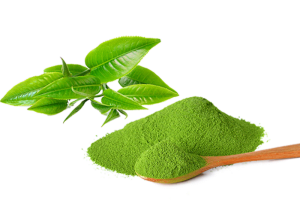 Glycerin: Commonly used in moisturisers, glycerin is a sugar alcohol that draws moisture from the environment to hydrate the skin.
Glycerin: Commonly used in moisturisers, glycerin is a sugar alcohol that draws moisture from the environment to hydrate the skin.
[ps2id id=’glycolic-acid’ target=”/]
Glycolic acid: It is a type of AHA derived from sugar cane that helps with brightening and exfoliation. Because of its small molecules, it can penetrate deep into the skin. This may cause irritation for those with sensitive skin or if you’re new to AHAs in general, so it is advisable to start at lower dosages and patch test.
Green tea extract: Popular in Asian skincare, this natural extract is a potent antioxidant that fights free radicals and soothes inflammation.
H
Hyaluronic acid: A current buzzword in the industry, hyaluronic acid is a sugar molecule that increases skin moisture and prevents water loss. It can hold 1,000 times its weight in water and thus boasts strong hydrating properties.
Hypoallergenic: If a product is certified to be hypoallergenic, that means it is unlikely to cause an allergic reaction.
I
Idebenone: It is a bio-chemically engineered antioxidant used to combat free radicals that cause wrinkles and pigmentation.
J
Jojoba oil: Derived from an evergreen shrub, jojoba oil is said to closely resemble the skin’s natural oils. It helps to hydrate and soften the skin without clogging pores and is suitable even for sensitive skin.
K
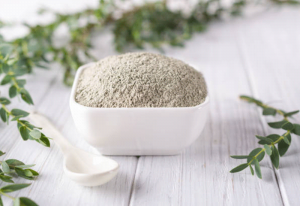
Kaolin: It is a type of natural clay that absorbs oil and drives out impurities, making it useful for addressing acne concerns.
L
[ps2id id=’lactic-acid’ target=”/]
Lactic acid: Derived from fermented milk, this AHA helps to exfoliate the skin to improve texture and clarity. It is also gentle enough for those with sensitive skin or rosacea.
Lanolin: It is a natural oil derived from sheep’s wool, known for its moisturising properties and easy absorption by the skin. It is commonly used in lip balms and moisturisers.
M
Menthol: Derived from mint herbs, this cooling agent is found in some lip balms and toners, mainly in synthetic form, to leave a refreshing feeling on the skin.
Micellar water: Also known as the no-rinse cleanser, contains a mix of purified water, hydrating agents and surfactants that attract oil, makeup, dirt and impurities when swiped over the skin with a cotton pad. It is gentle enough for those with sensitive and acne-prone skin.
Recommended for you: Micellar water – the lazy girl’s trick to clean skin
N
[ps2id id=’niacinamide’ target=”/]Niacinamide: Also known as vitamin B3, this is a water-soluble vitamin that can help to minimise enlarged pores, improve uneven skin tone, soften fine lines and wrinkles, diminish dullness and strengthen the skin surface. It also helps to regulate sebum production, which makes it ideal for all skin types, especially oily and acne-prone skin.
Non-comedogenic: This means that the product does not clog pores – something to look out for on the label if you’re prone to acne, whiteheads and/or blackheads.
O
Omega-3: A type of essential fatty acid found in fish oil, flax seeds, walnut oil and chia oil, it helps to regulate the function of cell membranes, which translates into smoother, suppler and hydrated skin.
P
Parabens: This refers to a family of chemicals used as preservatives in food and cosmetics. Generally, you want to stay away from these controversial ingredients as they are attributed to skin irritation and hazardous side effects.
Peptides: They are chains of amino acids (see above) that form the building blocks of protein. Anti-aging products often contain peptides to promote collagen production and repair the skin.
Probiotics: Probiotics are natural microorganisms that live on the surface of the skin. They are essential to balance the skin’s pH and hydration levels, strengthen skin barrier and soothe red or sensitised skin.
R
Retinoids: These are derivatives of Vitamin A, which can enhance collagen production and skin regeneration. They are used in anti-aging products in controlled concentrations and should be used in tandem with sunscreen for protection, as the skin will become more sensitive to the sun when using retinoids and its equivalents.
Retinol: A retinol is basically a weaker, over-the-counter form of retinoid, but they both share the same benefits to varying extents.
S
Salicylic acid: It is a type of BHA commonly used in cleansers, moisturisers and acne treatments. Popular for oily, combination and acne-prone skin, it helps to exfoliate and dives deep into the skin to unclog pores and remove blackheads and bacteria.
Sodium laureth sulphate (SLES): Not to be confused with the harmful SLS (see below), this is a safe foaming detergent used in cleansers and body washes.
Sodium lauryl sulphate (SLS): Like SLES, this is used as a foaming agent. However, it is known to irritate and strip away natural oils from the skin. As a rule of thumb, it’s best to avoid products with SLS, or – if you have sensitive skin – sulphates in general.
Sun Protective Factor (SPF): SPF measures protection against UVB rays, a type of UV ray that can cause sunburns and possibly even skin cancer.

See also: 5 high-performance sunscreens for a carefree summer
T
Titanium dioxide: It is a natural mineral used in sunscreens to form a protective barrier between your skin and the sun’s rays. (See also: zinc oxide)
U
Ultraviolet-A: UVA rays are attributed to premature ageing and increased cancer risks.
Ultraviolet-B: UVB rays are attributed to pigmentation, dark spots, freckles and sunburns.
V
Vitamin A: Typically used in anti-aging products, it is a form of vitamin that promotes growth and repair of body tissues. Most common examples include retinoids and retinol.
Vitamin B: There are various types of vitamin B, from vitamin B3 (see niacinamide) to vitamin B12 (colabolamin). Generally, most types of vitamin Bs are great to soothe inflammation, reduce breakouts and prevent dark spots and pigmentation.
Vitamin C: See ascorbic acid.
Vitamin E: Also known as tocopherol, it is a type of antioxidant that protects the skin from free radicals.
Z
[ps2id id=’zinc-oxide’ target=”/]Zinc/zinc oxide: This mineral is used in suncreens and foundations to act as a physical barrier between the skin and the sun.




